As students gear up for the new school year, it’s essential to equip them with the right technology tools and strategies to maximize their learning potential. Whether it’s for in-person classes, remote learning, or a hybrid model, technology plays a crucial role in enhancing education. In this blog post, we will explore technology back-to-school tips that can help students make the most of their academic journey.
- Assess Your Tech Needs: Before diving into the school year, take some time to assess your technology requirements. Consider the following factors:
Device: Ensure you have a reliable device, such as a laptop, tablet, or Chromebook, which meets the school’s requirements. Check for compatibility with software and applications you’ll be using throughout the year.
Internet Connection: Reliable internet access is vital, especially for remote learning. Evaluate your internet connection and consider upgrading it if necessary. Explore affordable internet options for low-income families if needed.
Software and Applications: Determine which software and applications will be used in your classes. Install necessary tools like word processors, collaboration platforms, and educational apps. Keep them updated to benefit from the latest features and security patches.
Accessories: Consider additional accessories that can enhance your learning experience, such as a comfortable headset with a microphone for online discussions, a webcam for virtual classes, or a stylus for notetaking on touch-enabled devices.
Organize and Sync Your Digital Tools: Effective organization is key to staying on top of your academic tasks. Leverage technology to streamline your workflow:
Calendar and Planner Apps: Use digital calendar and planner apps like Google Calendar or Microsoft Outlook to schedule classes, assignments, exams, and extracurricular activities. Set reminders to stay ahead of deadlines and manage your time effectively.
Note-Taking and Document Management: Explore note-taking apps like Evernote, OneNote, or Notion to capture and organize your class notes, lecture slides, and study materials. These apps often provide features such as tagging, searchability, and cloud syncing for easy access across devices.
Cloud Storage: Back up your important documents and projects using cloud storage services like Google Drive, Dropbox, or Microsoft OneDrive. This ensures your files are accessible from any device and protected in case of hardware failure.
Task and Project Management: Employ task management tools like Trello or Asana to create to-do lists, track progress on assignments, and collaborate with classmates on group projects. These tools help you stay organized and ensure nothing falls through the cracks.
Establish Healthy Tech Habits: To optimize your learning experience, it’s essential to develop healthy tech habits:
Minimize Distractions: Create a dedicated study environment free from distractions. Use apps like Forest or StayFocusd to block distracting websites or set time limits for specific activities.
Practice Digital Wellness: Take regular breaks from screens to prevent eye strain and fatigue. Use tools like the 20-20-20 rule (every 20 minutes, look at something 20 feet away for 20 seconds) to reduce eye strain.
Security and Privacy: Protect your personal information and digital footprint. Ensure your devices have updated antivirus software, use strong, unique passwords, and be cautious about sharing personal information online.
Online Etiquette: When engaging in virtual classrooms or collaborative platforms, follow online etiquette. Be respectful, participate actively, and use proper netiquette when communicating with peers and instructors.
Technology has become an integral part of the modern education landscape, and harnessing its power can enhance your academic journey. By assessing your tech needs, organizing your digital tools, and establishing healthy tech habits, you can pave the way for a successful and productive school year. Embrace technology as a valuable ally in your educational pursuits and leverage its potential to unlock new levels of learning and achievement.



Comments are closed